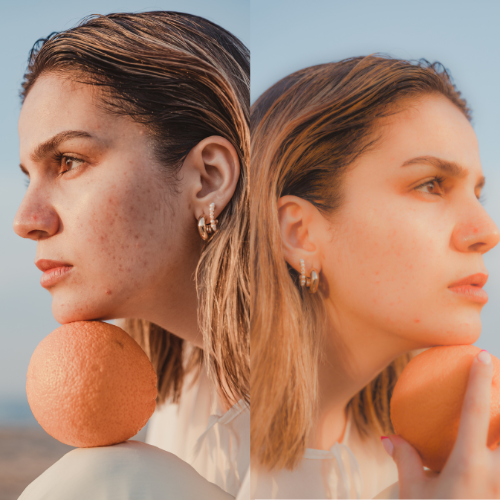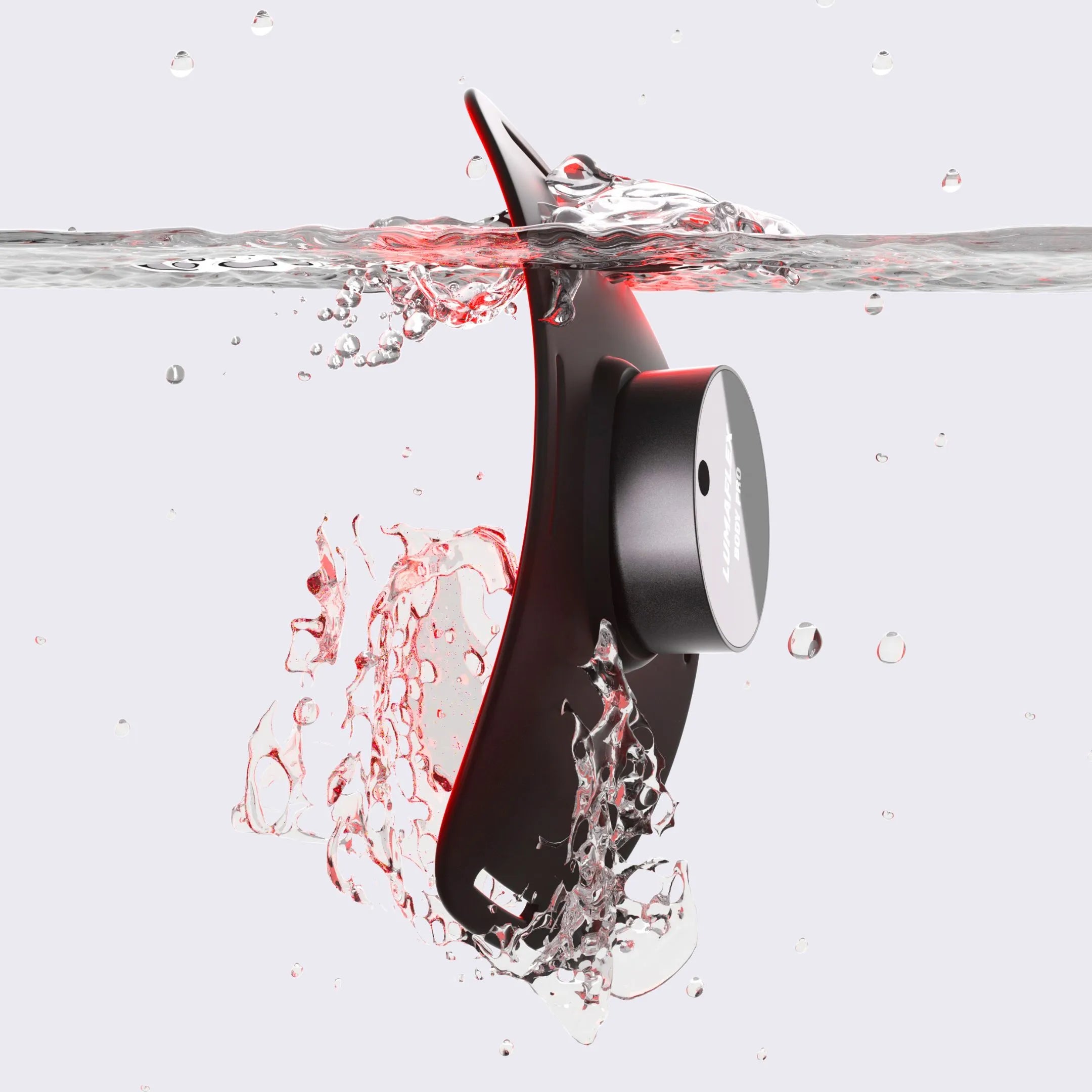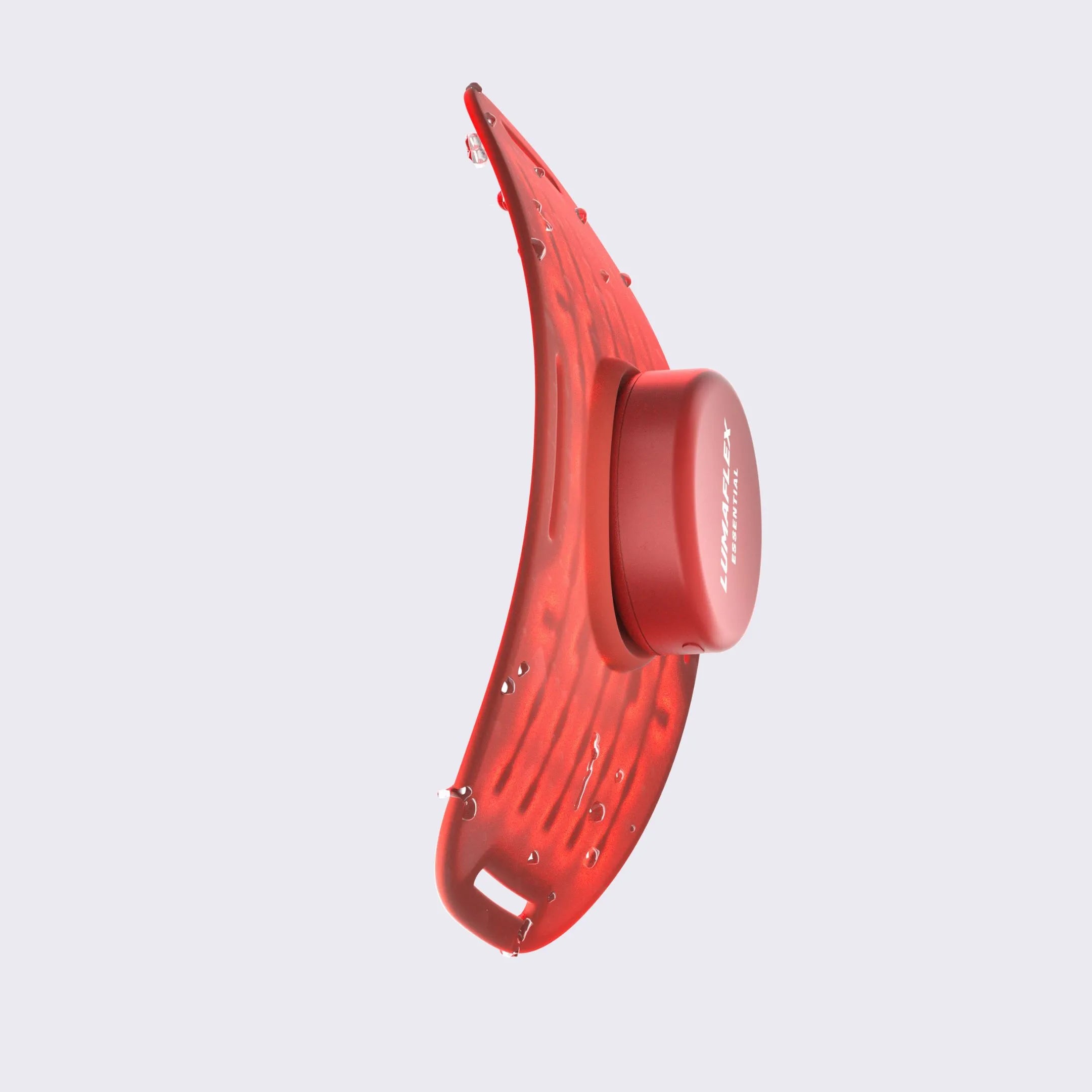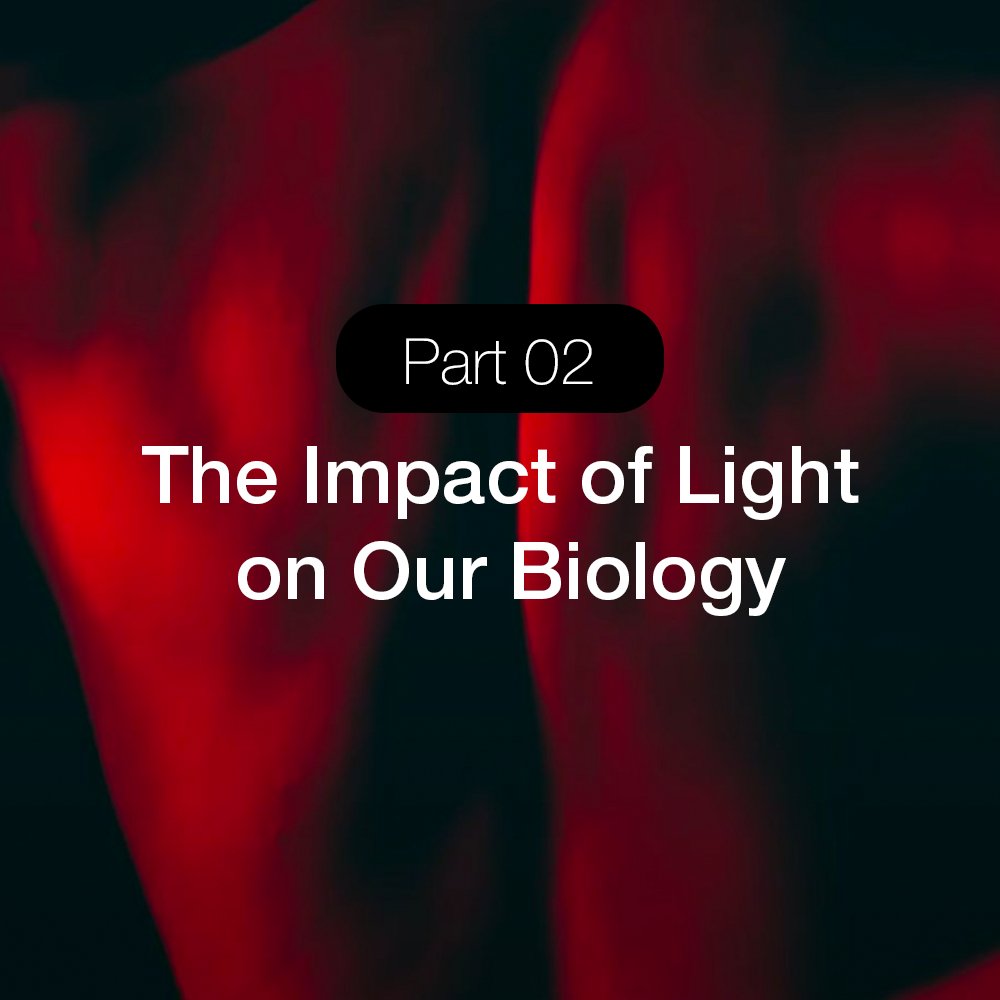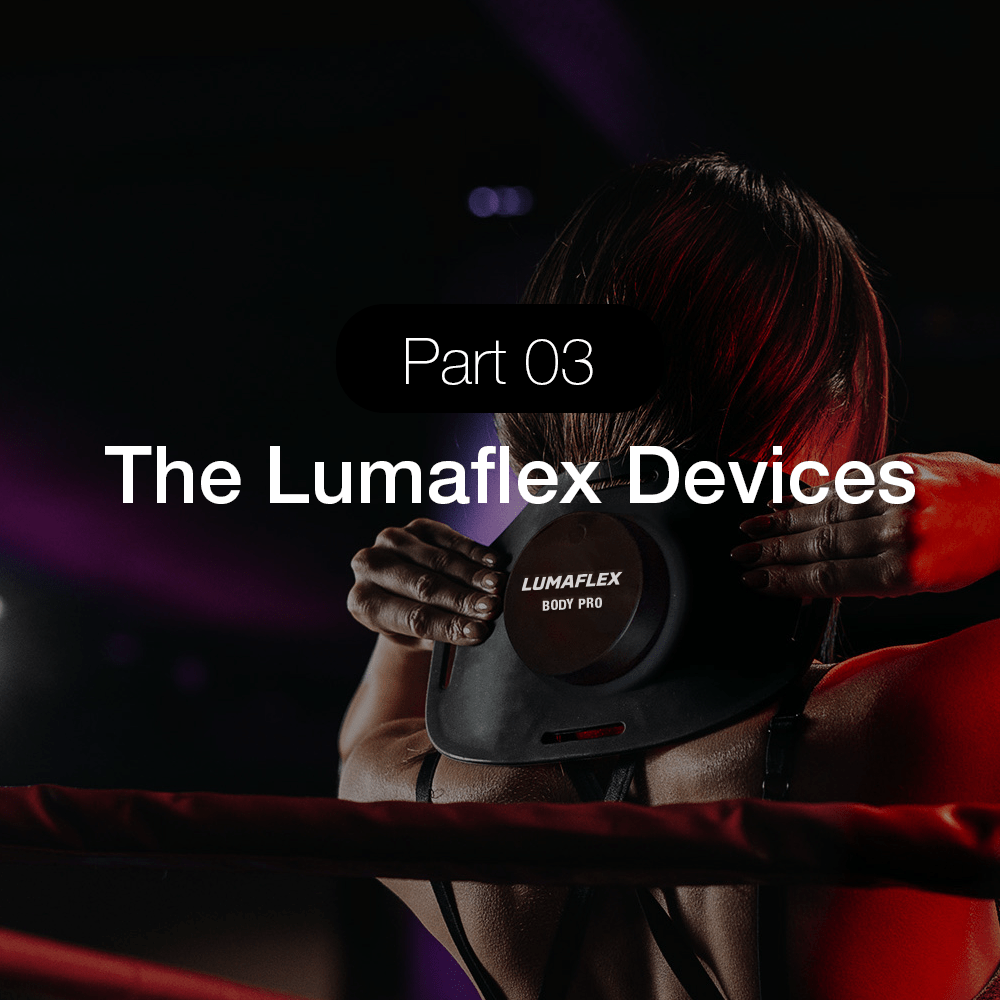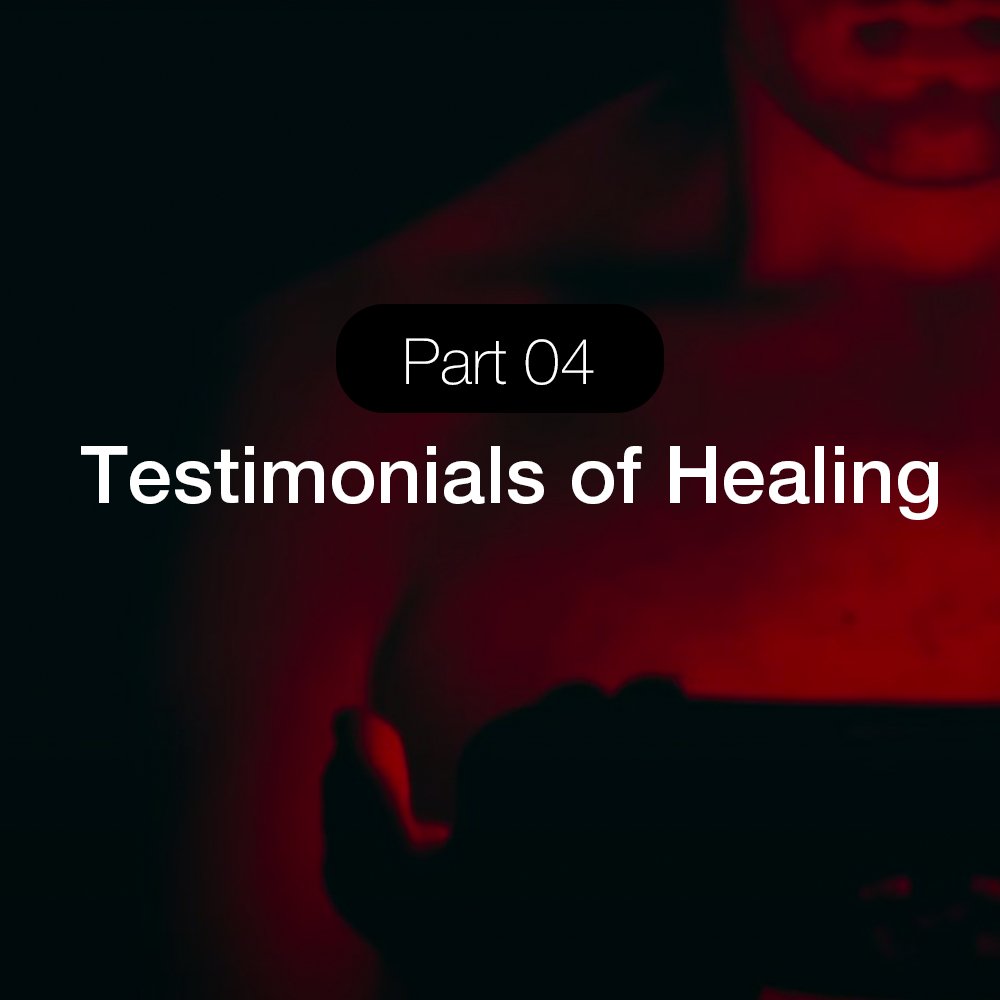Red Light Therapy for Acne Scars: How It Works and How to Use It Safely

Red Light Therapy for Acne Scars: Acne scars are stubborn. They sit deep in the skin where inflammation has damaged collagen and left uneven texture. Some scars look like small pits. Others leave dark or raised marks that stay long after acne clears.
I dealt with those scars for years. I tried peels, serums, and even laser sessions. Some helped a little, but the redness and rough texture stayed. What changed the most for me was red light therapy. It worked slowly but steadily, and my skin began to look smoother and calmer.
Red light therapy uses low-level wavelengths of light, usually between 630 and 660 nanometers. Studies show these wavelengths reach the dermis and trigger fibroblast cells to make new collagen and elastin. This helps fill in atrophic scars and improves overall texture without damaging the surface layer of the skin.
It is non-invasive and safe for home use when you follow proper timing and intensity. Red light therapy devices like Lumaflex are designed for this purpose. They deliver consistent light exposure with controlled power output, so you get results without irritation. You only need clean skin, a few minutes per session, and regular use.
In the next section, you will learn more about acne scars, why they form, and how red light therapy helps repair them over time.
Table of contents
What Happens Beneath the Skin: Understanding Acne Scars

What Are Acne Scars
Acne scars form when inflammation from breakouts damages collagen in the deeper layers of skin. The body repairs the area with new tissue, but the healing is uneven. Some scars sink below the surface while others rise above it.
Main types include:
Atrophic scars. Shallow or deep depressions such as ice pick, boxcar, and rolling scars.
Hypertrophic scars. Raised bumps caused by excess collagen during healing.
Post-inflammatory hyperpigmentation. Flat dark marks that fade slowly but can linger for months.
Causes of Acne Scarring
Scarring starts with inflammation. Severe pimples or cysts damage healthy tissue around them. Picking or squeezing worsens the injury and disrupts normal healing.
Genetics also influences how your skin repairs itself. Some people make too much collagen, while others make too little. Both reactions leave visible marks once the acne clears.
Emotional and Social Impact
Acne scars affect how you see your skin and how you feel in public. Many people avoid eye contact or bright light because of texture or discoloration. I used to feel the same until I found treatments that encouraged steady progress instead of short-term fixes.
Improving scars goes beyond appearance. It brings relief and helps rebuild confidence, which is why learning how treatments like red light therapy work matters.
How Red Light Therapy Helps Acne Scars

Stimulates Collagen Production
Collagen gives your skin structure and firmness. When acne damages it, scars form as dips or uneven patches. Red light therapy targets fibroblast cells, which are responsible for collagen production. Wavelengths between 630 and 660 nanometers trigger these cells to rebuild lost tissue. Over time, atrophic scars start to lift, and skin texture looks smoother and more even.
Improves Blood Circulation
Red light also improves microcirculation under the skin. Better blood flow brings oxygen and nutrients to damaged areas, helping cells regenerate faster. This steady delivery of nutrients supports healing and strengthens the new collagen matrix forming beneath the surface.
Reduces Inflammation
Inflammation slows healing and deepens scars. Red light therapy lowers inflammatory markers in the skin, which calms redness and irritation. Many people notice that their skin tone evens out within weeks of consistent sessions. Reduced inflammation also means fewer flare-ups, giving the skin a chance to repair without constant disruption.
Supports DNA Repair and Cell Turnover
Research shows that red light influences mitochondria, the cell’s energy center. This extra energy helps with DNA repair and faster cell renewal. As new cells replace old ones, the skin becomes brighter and more uniform. The change is gradual but steady, which makes the results look natural.
Works With Your Skincare Routine
Red light therapy strengthens what you already do for your skin. When used with gentle cleansers, hydrating serums, and sunscreen, it enhances their effects. Light-treated skin absorbs products more effectively, and consistent sessions support long-term recovery.
I saw this difference after a few months of regular use. My scars softened, redness faded, and the surface felt smoother. The process took time, but it worked without irritation or downtime.
What to Expect When Using Red Light Therapy for Scars
Timeframe for Results
Red light therapy works gradually. You will notice small changes first, such as less redness or smoother texture in a few weeks. Deeper scars take longer. Most studies show visible improvement after eight to twelve weeks of consistent use. The key is regular sessions over time. Skin healing is slow but steady when supported by collagen renewal.
From my experience, the first visible change was tone. The redness softened, and old scars began to blend in with the rest of my skin. The progress was not overnight, but it was clear enough to stay motivated.
Session Duration and Frequency
Start with ten to twenty minutes per treatment area. Use red light therapy three to five times per week. This frequency keeps collagen activity consistent and prevents the skin from becoming overstimulated. Once you see steady improvement, you can reduce to two sessions per week for maintenance.
Consistency is more important than long sessions. Short, regular exposure builds results over time without strain on the skin.
Expected Skin Response
You may feel mild warmth during treatment. Some users see slight redness right after a session, which fades quickly. There is no peeling or downtime. You can return to your normal routine immediately. The treatment feels relaxing and helps reduce tightness or sensitivity over time.
Safety Considerations
Red light therapy is safe for most skin types, including sensitive skin. Always protect your eyes by closing them or using provided goggles during sessions. Avoid overuse, since longer sessions do not mean faster results. Follow the device instructions and allow recovery time between treatments.
Lumaflex devices are FDA-cleared and designed to deliver the correct intensity for at-home use. When used as directed, they offer professional-level benefits without the risk of irritation or burns.
Step-by-Step Guide: Using Lumaflex for Acne Scars

Step 1: Prep Your Skin
Start with a clean face. Use a gentle cleanser to remove oil, dirt, and sunscreen. Pat your skin dry with a soft towel. Clean skin allows the light to reach deeper layers without interference from product buildup.
Step 2: Apply Serums (Optional)
If you use serums, choose ones that support hydration or collagen renewal. Hyaluronic acid or peptide-based products pair well with red light therapy. Avoid strong actives like retinol or exfoliating acids right before treatment to prevent sensitivity.
Step 3: Red Light Therapy Treatment
Place the Lumaflex Essential device over the treatment area. It uses dual wavelengths of 630 nanometers and 850 nanometers. This combination targets both surface repair and deeper tissue regeneration. Use it for ten to twenty minutes per area, three to five times a week. Sit comfortably and let the light do the work. You will feel mild warmth but no discomfort.
Step 4: Post-Treatment Skincare
After your session, apply a light moisturizer to lock in hydration. If you use the device in the morning, follow with sunscreen. This protects your new skin cells from UV damage and helps preserve results.
Step 5: Weekly Add-Ons
Add one gentle exfoliation session each week. Removing dead skin helps new cells surface and keeps texture smooth. You can also use a calming face mask once a week to support healing. Keep your products mild to avoid irritation.
Over time, you will notice softer scars and a more even surface. Consistency matters more than intensity. Regular, short sessions with Lumaflex make a visible difference without harsh side effects.
Choosing the Right Red Light Device for Acne Scars

Wavelength Matters
The right wavelength determines how well red light therapy works. For acne scars, the ideal range is between 630 and 660 nanometers. These wavelengths reach the dermis, where collagen and elastin form. They promote cell repair and improve skin texture without damaging the surface. Devices outside this range may not deliver the same level of collagen stimulation.
Power and Irradiance
Power affects how deeply light penetrates the skin. Look for FDA-cleared devices with tested irradiance levels. A strong yet safe output ensures the light reaches the scar tissue where it can trigger regeneration. Weak devices provide little benefit, while unregulated high power can irritate the skin. Lumaflex devices meet US safety and performance standards to balance power and comfort.
Portability and Convenience
The best device is the one you will use consistently. At-home devices make treatment easier to maintain than clinic visits. Choose a design that fits comfortably and allows hands-free use. Lumaflex devices are compact and flexible, making them easy to integrate into daily routines.
Integrating Red Light Therapy into Your Skincare Routine
Complementary Skincare
Pair red light therapy with products that protect and strengthen your skin. Use a gentle cleanser that does not strip natural oils. Follow with a hydrating or anti-inflammatory serum. Ingredients like niacinamide or peptides support healing and calm irritation. Always use sunscreen during the day to protect new skin cells from UV damage. Red light therapy works best when your skin barrier stays healthy and moisturized.
Morning or Evening Use
You can use red light therapy at any time of day. Morning sessions can help calm overnight inflammation and prepare your skin for sunscreen and makeup. Evening sessions fit well after cleansing and before moisturizer. Choose the schedule you can keep long-term. Consistency matters more than timing.
Long-Term Consistency
Results come with repetition. Red light therapy supports natural skin renewal, which happens slowly. Stay consistent with your sessions even after the scars start to fade. Most users keep two to three maintenance sessions each week to preserve collagen activity.
I learned that skipping sessions slowed progress. When I stayed consistent, texture improved and redness stayed under control. Routine and patience make the difference between temporary and lasting results.
Real Results and Testimonials
Before I started using red light therapy, my skin showed deep rolling scars across my cheeks. After eight weeks of consistent sessions with Lumaflex, the surface began to change. The redness faded first, then the edges of the scars softened. By the third month, the texture felt smoother and more even.
Many users report similar timelines. Early changes appear after four to six weeks. Noticeable texture improvement follows within two to three months of regular use. These results come from steady collagen production, not quick fixes.
Before-and-after photos from verified Lumaflex users show visible reduction in scar depth and improved tone. The difference is subtle but real. Skin looks calmer, tighter, and more even under natural light.
Lumaflex’s technology sets it apart. It delivers light evenly across the entire treatment area, which prevents uneven results. Combined with medical-grade wavelengths, the device offers clinic-level outcomes at home.
Every improvement builds confidence. Seeing scars fade over time feels rewarding because progress is visible and lasting. Consistent use with Lumaflex brings those changes within reach.
Potential Risks and Limitations
Red light therapy is safe for most skin types, but mild side effects can occur. Some users notice temporary redness or warmth after a session. This usually fades within minutes. Tingling or tightness may appear if sessions run too long or if the device is placed too close to the skin. Follow the recommended treatment time to avoid irritation.
Overuse does not improve results. Too much exposure can slow healing and cause temporary dryness or sensitivity. Always allow your skin to rest between sessions.
Deep hypertrophic or keloid scars respond differently. These scars form from excess collagen and often need additional treatments such as laser therapy or corticosteroid injections. Red light therapy can soften texture and reduce redness, but it may not flatten thick scars completely.
Think of red light therapy as long-term support for skin recovery. It strengthens collagen structure, smooths mild to moderate scars, and improves tone. For deeper or more complex scars, dermatologic procedures may still be needed. Using both under professional guidance often gives the best overall outcome.
FAQs About Red Light Therapy for Acne Scars
How long should I use red light therapy on acne scars?
Use red light therapy three to five times a week for ten to twenty minutes per session. Most users see visible results after eight to twelve weeks of consistent use. Keep doing maintenance sessions two to three times a week once you notice improvement to preserve collagen activity.
Can it be used with other scar treatments?
Yes, you can pair it with topical treatments like hydrating serums or silicone gels. Avoid using it immediately after chemical peels or micro-needling to prevent irritation. If you are under a dermatologist’s care, ask before combining it with prescription products or in-office procedures.
Is it safe for sensitive or darker skin?
Red light therapy is safe for all skin tones and most skin types. It does not use UV light, so there is no risk of burning or pigmentation changes. If your skin is sensitive, start with shorter sessions and increase gradually.
How soon will I see results?
Minor improvements appear within the first few weeks. Noticeable changes in texture and tone often show after two to three months of steady use. The process depends on scar depth, skin type, and how consistent you are with your sessions.
Can I combine it with retinol or other active ingredients?
Yes, but not at the same time. Use red light therapy on clean skin, then wait before applying retinol or exfoliating acids. This prevents irritation and allows both treatments to work effectively. You can alternate days between red light therapy and actives to balance healing and renewal.
Red Light Therapy for Acne Scars: Real Results Over Time
I used to have small acne scars that stayed for years. When I began using red light therapy, the change came slowly but steadily. Redness faded, skin texture evened out, and my face felt healthier.
Red light therapy works by signaling your skin to rebuild collagen and reduce inflammation. Over time, scars become less visible and skin tone improves.
Lumaflex makes this process easy with targeted light and comfortable use. Stay consistent, follow your routine, and let the results build week by week.
Start your Lumaflex sessions today and take control of your skin’s recovery.
Related Readings on Red Light Therapy for Acne Scars
- Red Light Therapy for Atrophic Scars: Effective Solutions for Your Skin Health Goals
- Cold Sore Scars: How Red Light Therapy Can Help Fade and Heal Them
- Red Light Therapy Results for Skin: Complete Benefits Guide
- Transform Your Skin: Red Light Therapy Before and After
- Red Light Therapy Devices for Face: Cost vs. Professional Treatments (Is At-Home Worth It?)
- How Soon Can You Use Red Light Therapy After Surgery?

